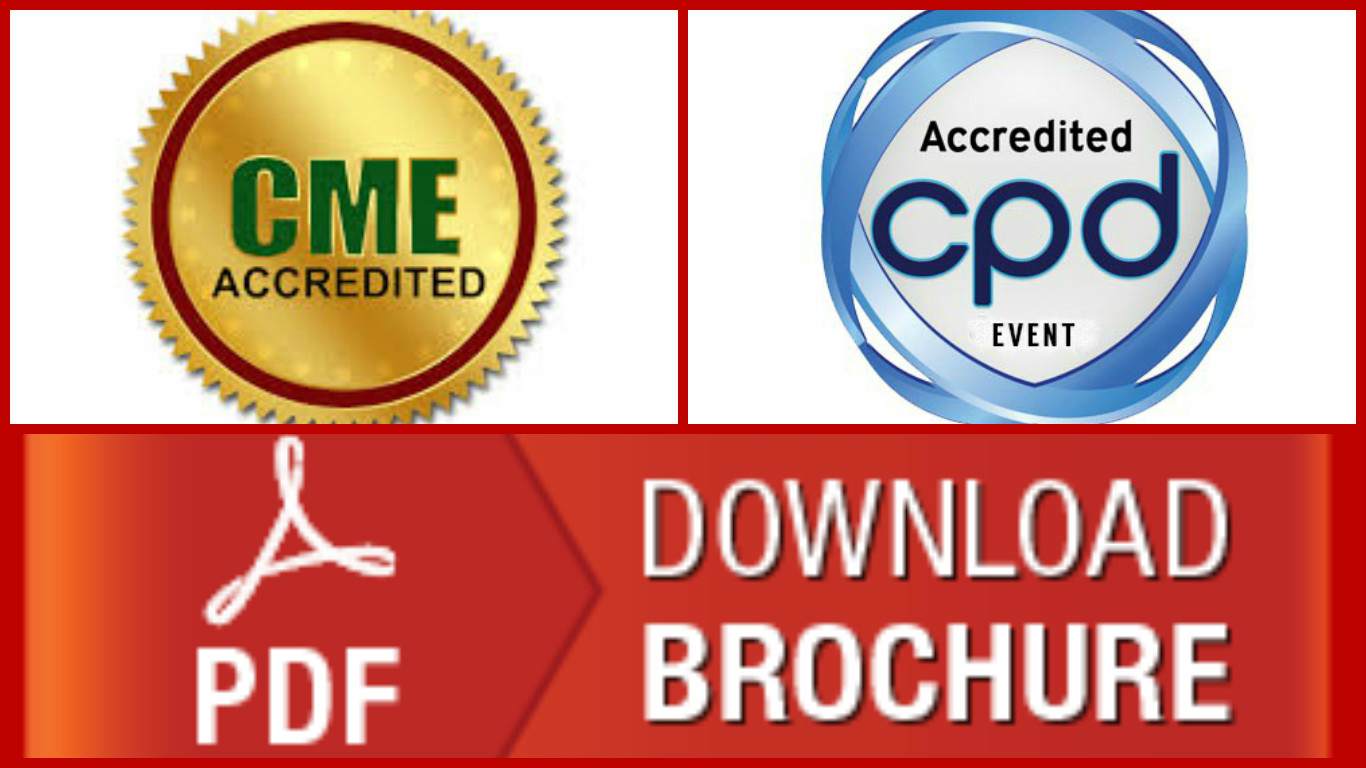
Marjan Farzad
Birjand University of Medical Sciences,Iran
Title: Comparing the effect of resistive inspiratory muscle training and incentive Spirometry on Respiratory Pattern of COPD Patients
Biography
Biography: Marjan Farzad
Abstract
Background: Resistive Inspiratory Muscle Training (RIMT) is a well-known technique for rehabilitation of patients with Chronic Obstructive Pulmonary Disease (COPD). Incentive spirometry is another technique with potential viability for this application, but there is limited evidence in support of its efficacy in the rehabilitation of COPD patients.
Aim: The objective of this study was to compare the effect of resistive inspiratory muscle training and incentive spirometry on respiratory pattern of COPD patients.
Method: This study was a randomized clinical trial on 30 patients with moderate COPD who were referred, in 2011, to the pulmonary clinic of Emamreza Hospital of Mashhad (Iran). The patients were randomly divided into the RIMT and the IS treatment group. In both groups, exercise regimen consisted of two 15-minute sessions of exercise per day, in the morning and evening, four days a week for 4 weeks. Respiratory pattern (respiratory rate and depth) and dyspnea (at rest and during activity) were measured before and after exercise. Data was analyzed with the Mann-Whitney and ratio difference tests using SPSS v.11.5.
Results: The average age was 50.8±10.7 in the IS group and 51±10.8 in the RIMT group. The statistical tests found no significant difference between the groups in terms of post-intervention exertional dyspnea, dyspnea at rest, tidal volume, and respiratory rate (P>0.05); but post-intervention maximal inspiratory pressure and maximal voluntary ventilation in the two groups were found to be significantly different (P <0.05).
Implications for Practice: despite statistically superior performance of resistive training in improving the maximal voluntary ventilation and maximal inspiratory pressure (the two effective factors for improving strength and endurance of respiratory muscles), the difference between its results and the results of incentive spirometry is not clinically important, therefore, positive clinical outcomes of incentive spirometry are sufficiently significant to encourage its use in COPD rehabilitation programs.

